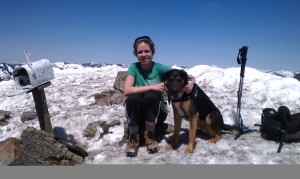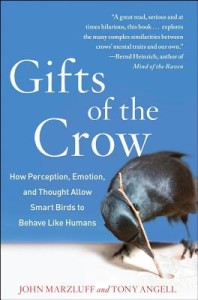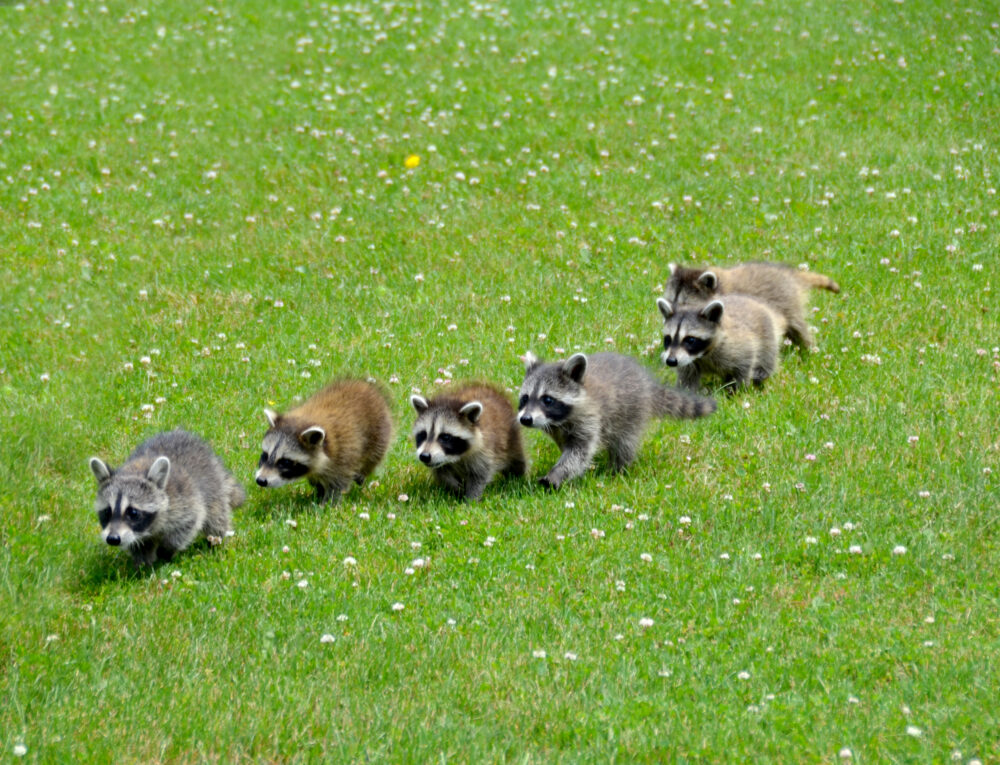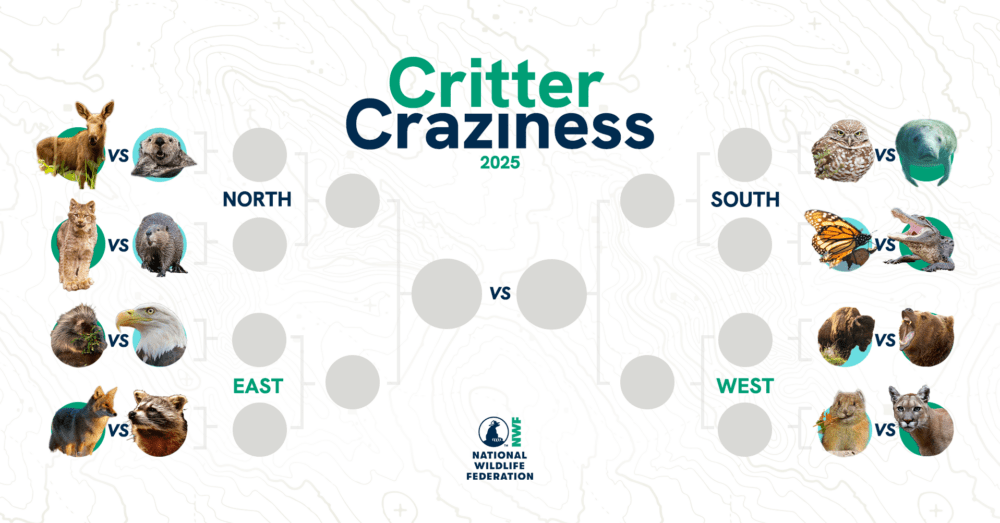We have much more to do and your continued support is needed now more than ever.
NWF Book Club: When Elephants Weep

We are shown bears gazing out at the sunset, elephants painting, zebras selfishly defending each other and blushing chimpanzees. These sparkling stories bring light to the range of the emotions experienced and expressed by the animals with whom we share this planet.
Join in the Conversation
For many of us there is no question as to IF animals have emotions but WHAT emotions they have. Watching my families’ animals I am always amazed to see the dog bullied off of his bed by the much smaller cats that leave him to pout by the bedside. All around us we can see animals expressing emotions, be it cheerful squirrels chattering excitedly as people run from the nuts they hurl at them or vain cats preening on a windowsill. These expressions of emotions connect us in many ways to these dynamic creatures.
This book helps bring us closer to animals and gain a deeper understanding of the connections we have with these entities that enhances their importance on the planet. This is one of the reasons the National Wildlife Federation works hard to protect wildlife throughout our country.
The following are questions are meant to guide you through thinking about this book. Please use the comments section below to join in the conversation and share your thoughts. The questions are meant as a guide but please feel free to share any thoughts or feelings you have on this topic.

- The authors and others use our understanding of human emotions to describe animal emotions. On page 41 they say that this anthropocentric view is a problem and makes us think of animals as ‘inferior forms of people.’ Should we think of their emotions as separate from our own? Is there another way to look at animal emotions without giving them human characteristics?
- Animals show joy, sorry, embarrassment and anger, along with other emotions. What impact does this have on the way that you interact with animals? Does it make the argument for protecting wildlife stronger or should we protect wildlife and other animals regardless?
- Many emotions, including our own, are hard if not impossible to describe. On page 58 the authors discuss the difficulty of defining bravery and tracing its roots. Due to this difficulty, is it right to talk about emotions such as bravery, especially in animals? Is it possible that these reactions have an evolutionary benefit?
- What are some examples of animal emotions that you have seen in your own life?
July’s Book

There is much more to these birds than first meets the eye. Through Gifts of the Crow we will hear about their sharp intelligence, sense of humor and ability to have fun. The book is a mix of detailed text and drawings which brings a new and sparkling perspective on these dark creatures.
Something to Crow About
•What fun stories of crows do you have from your own life?
•History is full of stories and fables about crows and many stories seem fascinated by them yet as a society we tend to see them as ominous and pesky. Why is there a difference?
•While you are reading the book go out and observe crows in your own area. What do they do? How would you describe them? Can you see any traits that the authors talk about?





















